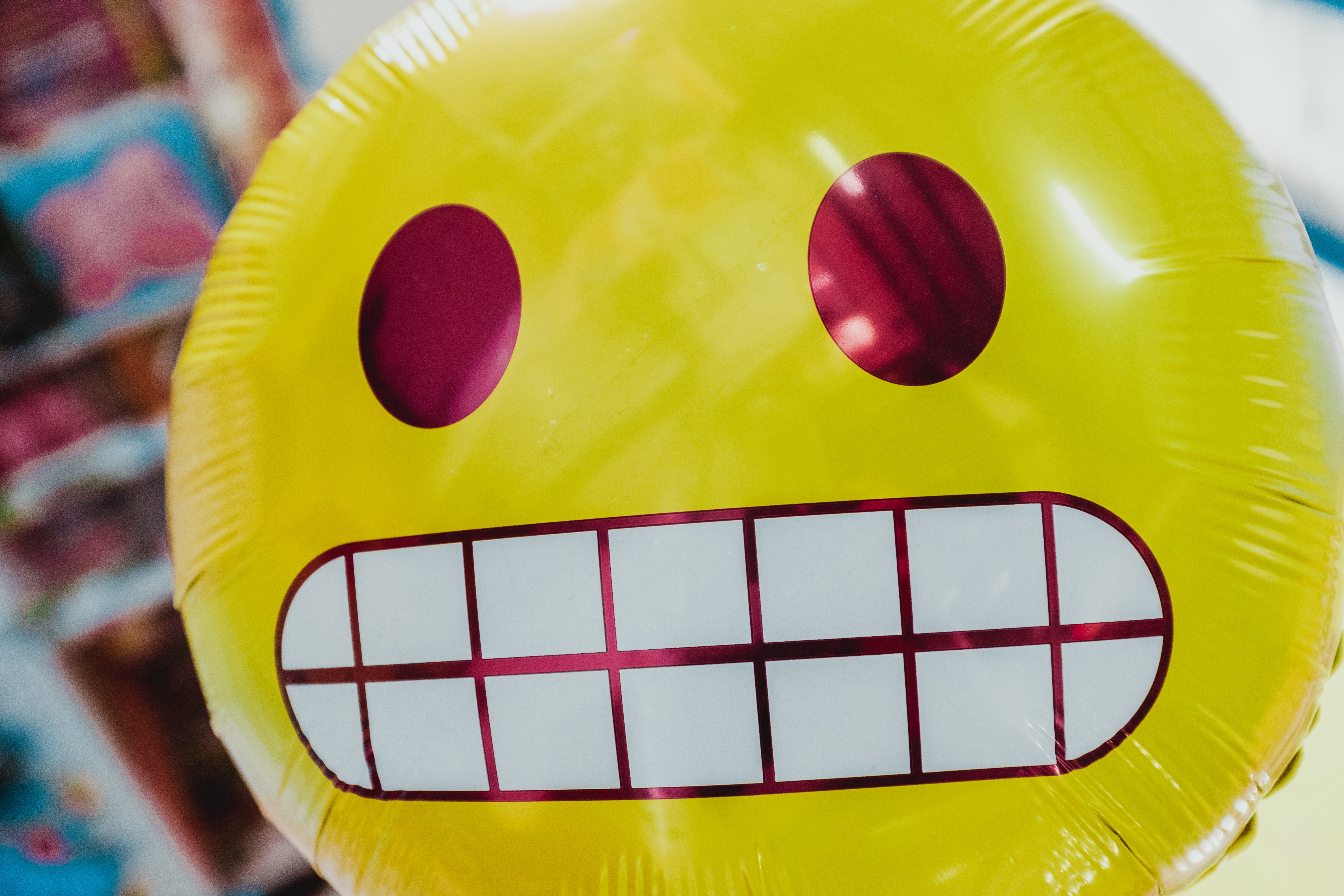BRANDING – WHAT CAN POSSIBLY GO WRONG?
 Are you kidding me? This might be the immediate reaction as a response to the recent news, that Anheuser-Busch InBev, the brewery behind Corona beer, has said the recent coronavirus outbreak has led to a ‘significant decline’ in some areas – have reported a loss of $170 million (£132 million) in profits. According to Bloomberg, the disease has wiped around $170m off Anheuser-Busch InBev earnings in China for January and February, and $285m (£221m) off revenue.
Are you kidding me? This might be the immediate reaction as a response to the recent news, that Anheuser-Busch InBev, the brewery behind Corona beer, has said the recent coronavirus outbreak has led to a ‘significant decline’ in some areas – have reported a loss of $170 million (£132 million) in profits. According to Bloomberg, the disease has wiped around $170m off Anheuser-Busch InBev earnings in China for January and February, and $285m (£221m) off revenue.
It is hard to believe, that consumers seem to think, the alcoholic beverage, contained in the bottles, labelled with the yellowish logo, would contain a highly contagious virus. Well, we do not go thus far, suggesting this level of stupidity amongst consumers, although the recent incidents related to panic-buying of kitchen paper towels and toilet paper in Australia, the USA and Germany, to name only a few countries, and yet, it reveals the importance of a branding strategy, that is clearly thought through.
Usually, a brand name should convey the core idea, the vision and mission of a brand, so it reaches the relevant public and attracts them to sign up for the services or buy the branded goods. It should be a term or tag-line with positive affirmation, that tells a story, related to the brand owners’ product or service.
What most businesses forget, is the fact that English is not the only language spoken in this world. As soon as this perfect English word has a secondary meaning in another language or is somehow related to the name of a disease or in any other way perceived as harmful, foolish, defamatory, ridiculous or otherwise negatively associated, it will lead to a loss in sales, as the relevant public will feel disgusted or offended, even for no reasons. Corona beer is the perfect proof. So, whatever fancy brand name you choose, stress-test your brand name, so it adheres to the scandalous and contrary to law threshold.
This is in particular important, as the Registrar at the Trade Mark Office is obliged to decide, on behalf of the ordinary person, whether a trade mark should be regarded as shameful, offensive or shocking, and therefore be rejected.
The words and images fitting this description have changed over time, and it is quite likely in the 21st century, that words which would have caused major offence in earlier times are now acceptable as trade marks in certain markets. Similarly, words which were once innocuous may have developed quite different connotations and now be regarded as scandalous in certain circumstances. The Registrar must decide potentially scandalous matters with very little support from the courts or other decision-makers. Justice Evershed stated in La Marquise Footwear, Inc’s Application (1947) 64 RPC 27 at 30:
I must wholeheartedly accept the proposition that it is the duty of the Registrar (and it is my hope that he will always fearlessly exercise it) to consider not merely the general taste of the time, but also the susceptibilities of persons, by no means few in number who still may be regarded as old fashioned and, if he is of the opinion that the feelings or susceptibilities of such people will be offended, he will properly consider refusal of the registration.
Further guidance comes from Mr Myall, the deciding officer in a UK case, where the test was “contrary to morality” rather than scandalous. In Hallelujah Trade mark [1976] RPC 605 (‘Hallelujah Case’) he said at 607:
I conclude that the phrase “contrary to morality” falls to be considered by the generally accepted standards of today and not by those of 1938. The difficulty is to be sure what those are, and more particularly, where the line is to be drawn between marks whose registration is prohibited by the section and those where it is not. When religious and moral standards are changing, sometimes quite rapidly, it seems to me that the Registrar should only follow where others have given a clear lead. While he must not remain isolated from the day-to-day world, frozen in an outmoded set of moral principles, he must equally not presume to set the standard. He must certainly not act as a censor or arbiter of morals, nor yet as a trendsetter. He must not lag so far behind the climate of the time that he appears to be out of touch with reality, but he must at the same time not be so insensitive to public opinion that he accepts for registration a mark which many people would consider offensive.
At the end of the day, your business would not only like to ensure, its brand name can be protected as a trade mark, as only the owner of a registered trade mark in all countries, the goods and services are offered, is the “owner” of the name in the respective country, but also would wish to prevent “branding accidents” of even famous companies.
Who would have ever thought, that so many well-known companies simply overlooked the aspect of translation?
Hyundai’s newly launched compact SUV “Creta” had, five years ago, joined the league of cars with the most unfortunate and funny names. According to the Urban Dictionary, the go-to guy for slangs and new words, this term refers to “A girl’s p***y (external genitals). Can be a curse….”. Hyundai’s intention at the time was to refer to launch a brand, that is “short for creativity” – close, but no cigar!
But Hyundai is not alone in the name-shame list. Around the year 2001, Honda escaped the ignominy by the skin of their teeth when it realised before the launch of its hatchback, named “Fitta”, in Scandinavian countries, that the name means female genitalia (c**t). It trimmed the name to ‘Fit’ in the US and marketed outside the US, including India and Europe, as “Jazz”. To top it, they had sloganed it: “Small on the outside but large on the inside”.
Cars now, when they are designed in one country, produced in some other place and exported to a whole new region, should have names that have a universal appeal. Carmakers, it seems, have not realised that for mechanical defects, they can order a recall and fix it, but for name defects, they and the buyers have to live with it.
Another Japanese company Mitsubishi learned it the hard way for its hulk “Pajero”, which means a wanker in Spanish. So Pajero became Montero in Spain.
General Motors too had its cringe time while trying to market the “Nova” cars in South America between 1972 and 1978. “No va” in Spanish means, “It Doesn’t Go”. But the name didn’t affect the sales of Nova, which became a hit in Venezuela. It is said GM guys in detroit were aware of the name fiasco but judged it to be of no importance.
Unfortunately, despite having cars with beautiful names like Beat and Cruze, GM’s sales is going nowhere in India.
Mazda, a Japanese automaker, too had christening woes when it introduced the 650 CC Mazda Laputa, a key or Japanese category of small cars, in Spanish-speaking countries in 2001. Though the car derives it name from the flying island in Gulliver’s Travels, in Spanish Puta means whore.
The above should most definitely alert you, to pull out your multilingual dictionary, to check on possible meanings of your brand name in other languages.
If you followed the rules for a great branding and found your favourite name or tag-line, make sure, you don’t lose it. When registering a name or slogan as trade mark, it becomes your intangible business asset and you are granted a monopoly for your very own creation.
Visit our website
http://www.one-ip.com.au/trademark/
or
send us an email to
ONE IP INTERNATIONAL can help with trade mark applications in any of the 192 countries for an affordable fixed fee.

